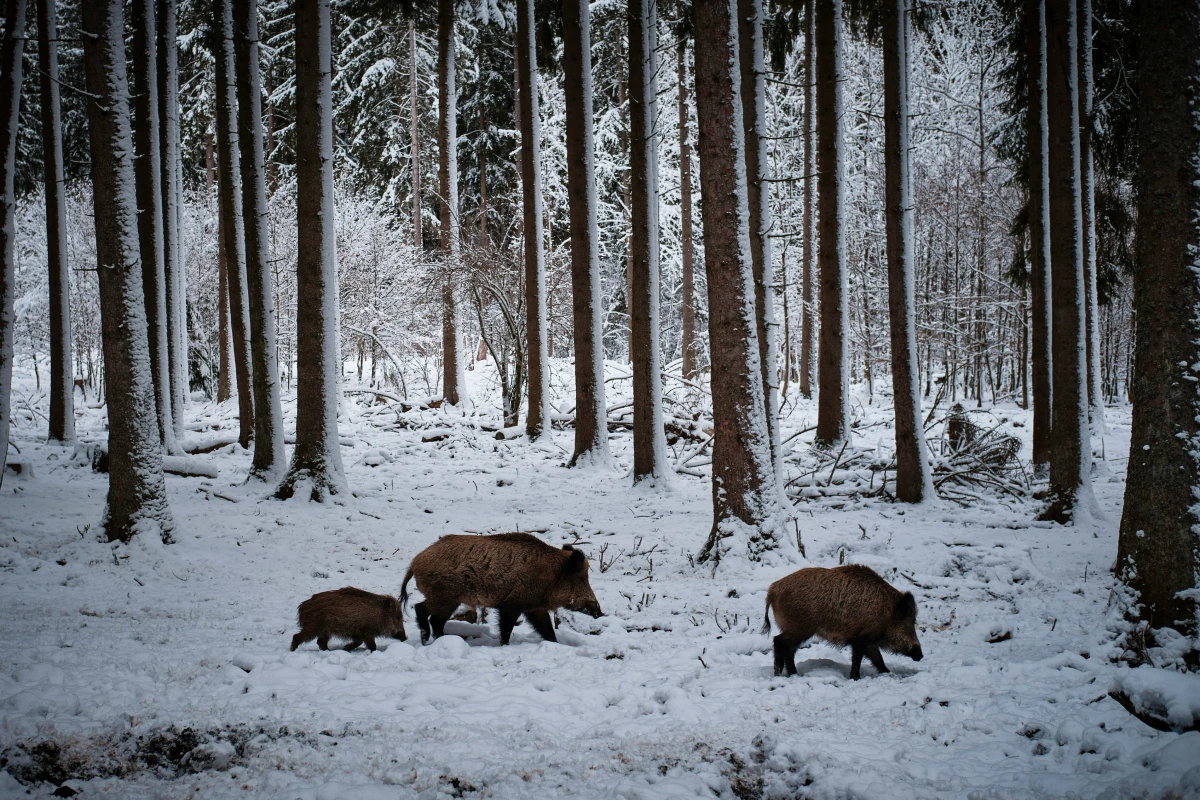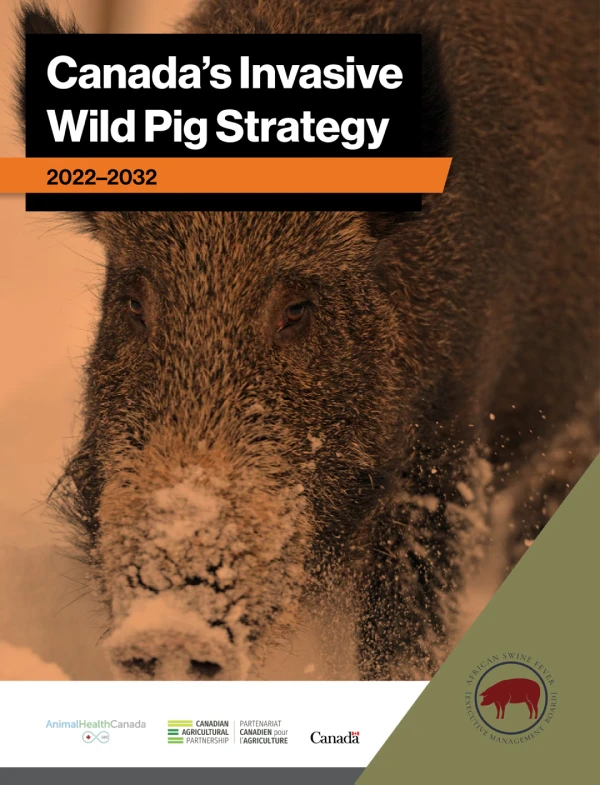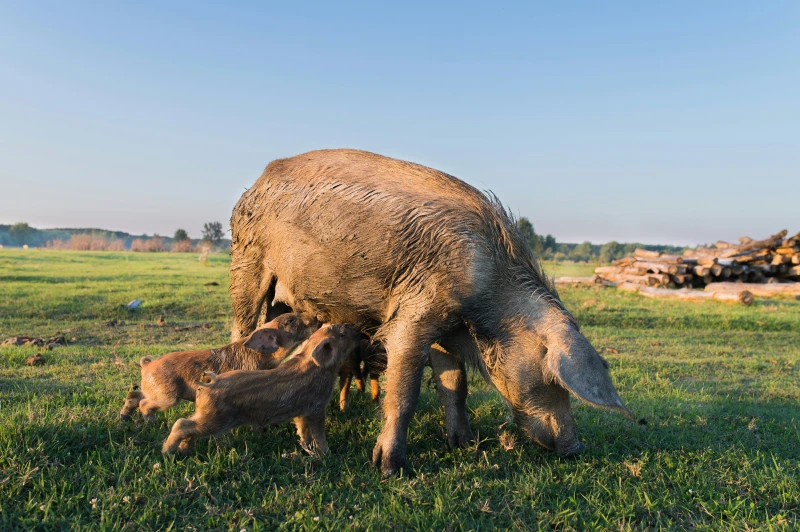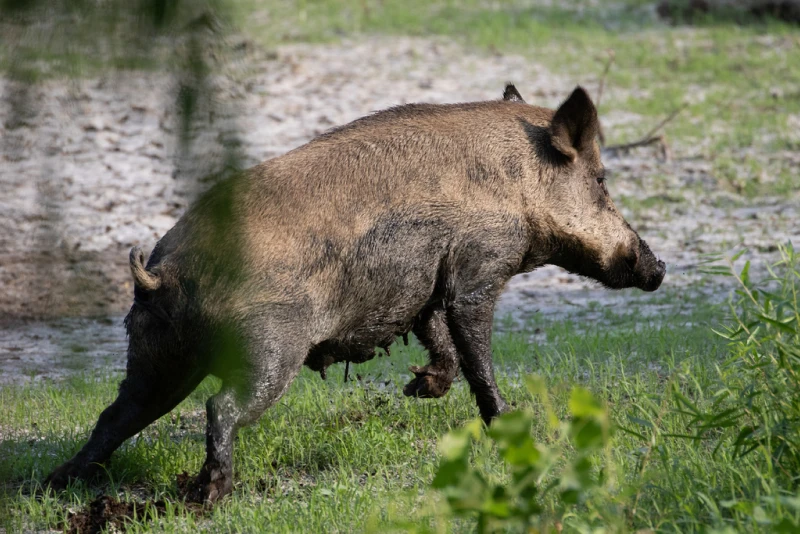To address this challenge, Canada’s Invasive Wild Pig Strategy 2022-2032 was developed.
The strategy brings together partners across the country to share knowledge, coordinate efforts, and support regional plans to stop the spread, remove those already here, and protect landscapes and waters across Canada.
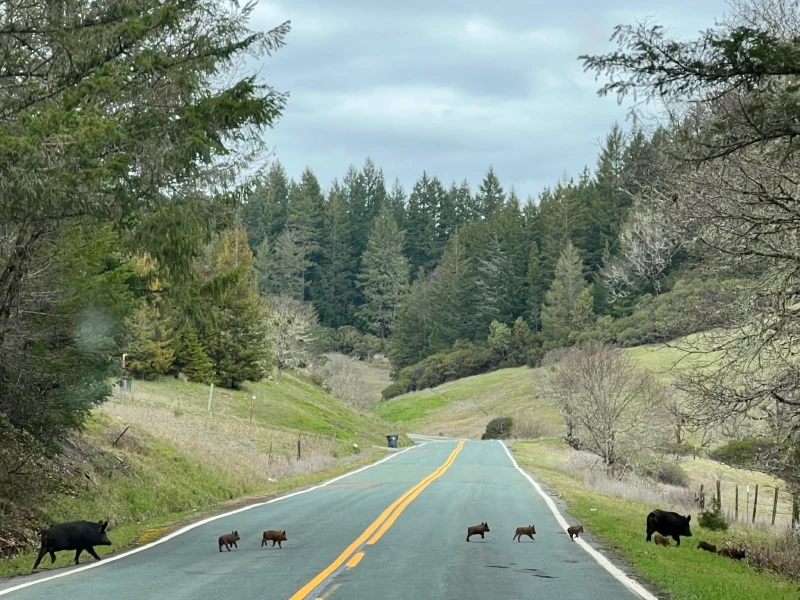
Philip Georgakakos © iNaturalist CC BY-NC
Canada’s Invasive Wild Pig Strategy
Canada’s Invasive Wild Pig Strategy 2022-2032 provides national guidance to prevent, control, and eradicate invasive wild pigs under the guidance of the Invasive Wild Pig Leadership Group.
The Strategy focuses on four main goals:
Current Initiatives
Multiple initiatives are being undertaken across Canada to mitigate the issue of invasive wild pigs and support the implementation of Canada’s Invasive Wild Pig Strategy 2022-2032.
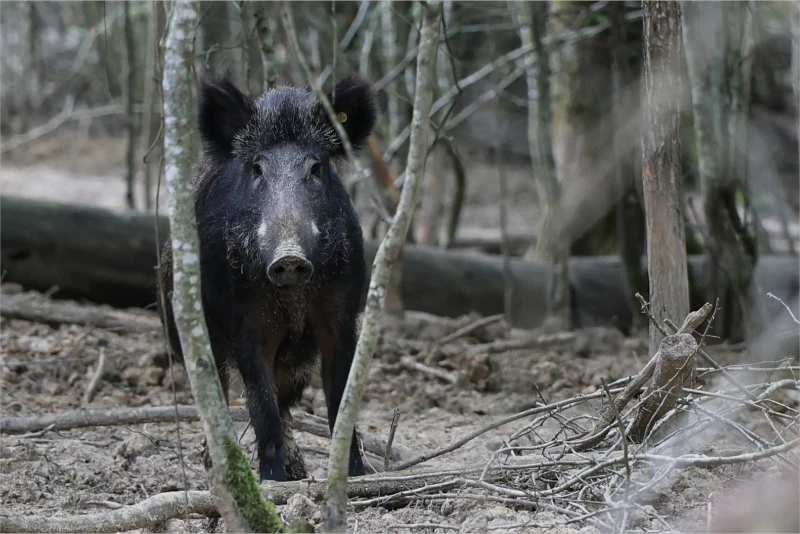
Detection
Early detection of invasive wild pigs and rapid response to detections are key to mitigating the spread of invasive wild pigs in Canada. All provinces and territories have systems in place to receive and follow up on reports of invasive wild pigs. Sightings by the public can be reported electronically or through a phone line.
Find regional reporting information.
Prevention
The most effective and least costly approach for managing wild pigs is to act early. In regions where invasive wild pigs are not established, the focus is on preventing this from happening. Sources of invasive wild pigs vary across Canada but could include cross-border movement of wild pigs from adjacent regions, translocation and deliberate release of pigs by people, and escaped domestic pigs that were either pets or from small-holder farms or backyard pig operations.
Occasionally pigs can also escape from larger indoor pig operations during transportation, during loading or unloading, or through road accidents. It is critical that any such pigs are recaptured or removed from the landscape as soon as possible before they adapt to living on the landscape, thereby becoming more difficult to capture, and start to reproduce.
Education of pig owners about the importance of preventing escapes is critical, along with guidance on adequate fencing, containment and transport methods for both pet pigs and those kept as livestock.
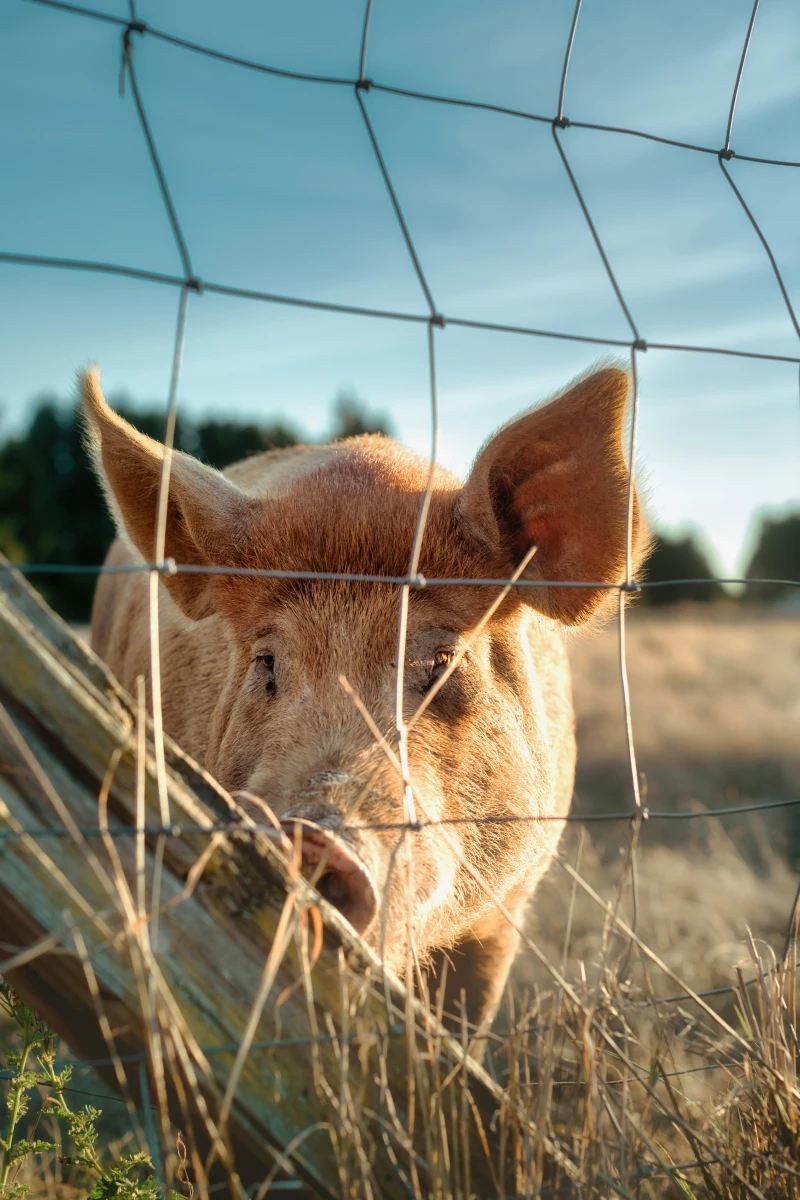
Disease Surveillance
African swine fever (ASF) can cause severe disease and mortality in pigs. CanSpotASF is the enhanced African Swine Fever surveillance targeting swine populations, such as commercial swine, smallholder farms, pet pigs and wild pigs. It is a voluntary program implemented across Canada. CanSpotASF makes use of invasive wild pig control and removal efforts to test wild pigs for ASF, as part of Canada’s efforts to protect our commercial swine industry by enhancing early warning efforts across the country.
Control
Provincial and territorial control programs use a host of technologies and techniques to monitor and remove wild pigs from the landscape, including trail cameras, drones, aerial observation, collaring, baiting and trapping, and targeted removal by trained personnel. Removal activities are regionally specific and must comply with applicable provincial/territorial legislation. All removal techniques follow the principle of whole sounder (the entire group of pigs) removal to avoid making any pigs not captured more evasive and prevent groups from splitting and spreading to new areas.
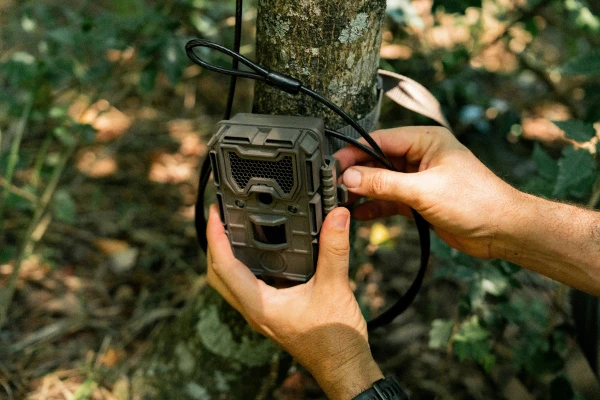
Management Programs by Province/Territory
Management programs vary in each province and territory depending on whether invasive wild pig populations are considered established, and the proximity to established populations in neighbouring jurisdictions.
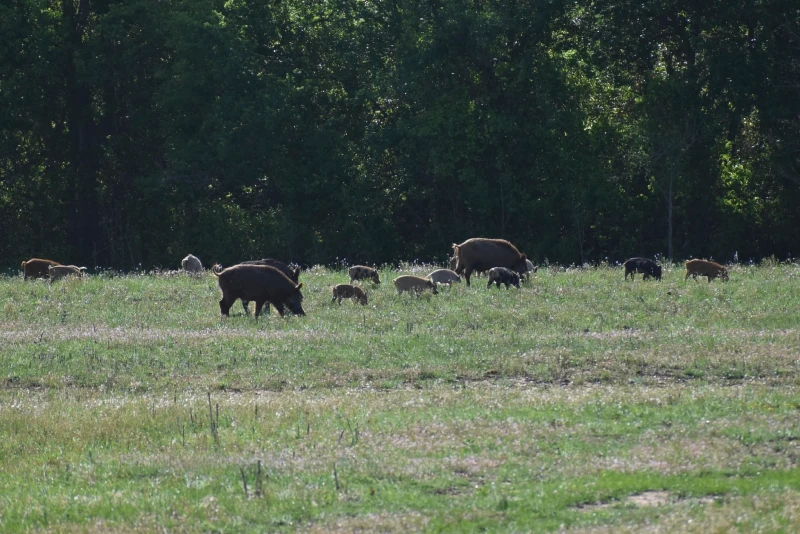
Sandy Underwood © iNaturalist CC BY-NC-ND
The BC Feral Pig Working Group leads the provincial feral pig strategy and response plan.
Feral pigs fall under the Provincial Early Detection and Rapid Response category and the management objective is eradication.
Feral pig incidents are dealt with on a case-by-case basis by provincial biologists, conservation officers, agriculture staff, First Nations governments, landowners, and/or contracted trappers. A surveillance program is in place to investigate occurrence reports.
The Wild Boar Control Program provides co-ordinated approach to eliminating the threat of invasive wild boar, and includes monitoring and trapping, disease surveillance, crop insurance, and collaboration with research partners
The program is a partnership between Alberta Agriculture and Irrigation, Alberta Pork, rural municipalities, and the Alberta Invasive Species Council.
Saskatchewan Crop Insurance Corporation has been leading the Feral Wild Boar Control Program since 2015. Reported sightings are thoroughly reviewed, locations are surveyed, and any detected feral swine are trapped and removed from the landscape. Carcasses are submitted for testing through a disease surveillance program with the Canadian Wildlife Health Cooperative and CanSpotASF. The program is a partnership between Saskatchewan Crop Insurance Corporation, Saskatchewan Ministry of Agriculture, Saskatchewan Ministry of Environment and Saskatchewan Pork Development Board.
Squeal on Pigs Manitoba is a collaborative effort coordinated by Manitoba Pork, leads the Invasive Swine Eradication effort in Manitoba. All reported sightings from the public are thoroughly reviewed, locations are surveyed, and detected feral swine are removed.
The Ministry of Natural Resources (MNR) leads Ontario’s Strategy to Address the Threat of Invasive Wild Pigs and engages the public to report sightings of wild pigs. All sightings are investigated and where appropriate, drones, trail cameras, bait, and traps are employed to detect and remove pigs. In coordination with the MNR, the Ontario Federation of Anglers and Hunters runs a trail camera program to increase awareness and improve surveillance.
Ministère de l’Environnement, de la Lutte contre les Changements climatiques, de la Faune et des Parcs (MELCCFP) has jurisdiction over wild boar (including hybrids with domestic pigs), in captivity and in the wild.
Intervention efforts aim to keep the province free of wild pigs through site inspections and other regulatory audits. Awareness campaigns promote reporting of sightings through a phone line. All reported sightings are investigated, and any detected wild boar, pig, or hybrid is removed.
Government officers issue destruction orders on escaped pigs.
No specific control program. Department of Natural Resources responds to and investigates sightings. The presence of pigs have not been verified.
Producers are required under the Game Farming Regulations to “make all reasonable efforts to restore the escaped game animals to captivity” and report escapes to the Dept of Agriculture.
No specific control program; no wild pigs present.
No specific control program; no wild pigs present.
The departments of Environment and Energy, Mines and Resources manage Yukon’s animal protection and control programs. Eurasian boar are prescribed as ‘high-risk animals’ and the Animal Protection and Control Act allows for actions to be taken for the purposes of controlling them. Eurasian boar are also designated as ‘prohibited species’ and cannot be possessed in the Yukon.
Learn about the Animal Protection and Control Act | Yukon.ca
Regulations are in place under the NWT Wildlife Act to protect native flora and fauna from disease and habitat from destruction.
Any pig (including wild boar, swine and hogs) outside an enclosure is declared a “pest” and may be killed by a Renewable Resource officer or any hunter without a licence. Any person who harvests a wild pig must report it to their nearest Department of Environment and Climate Change office within 72 hours.
No information available at this time.
Legislation
Regulation of invasive wild pigs related to hunting and containment rests with provincial and territorial governments. Current regulations vary by province/territory and regulate activities that may promote movement or potential introduction of invasive wild pigs to the landscape, including hunting, penned hunt camps, containment of pigs raised outdoors, and ownership of live Eurasian wild boar.
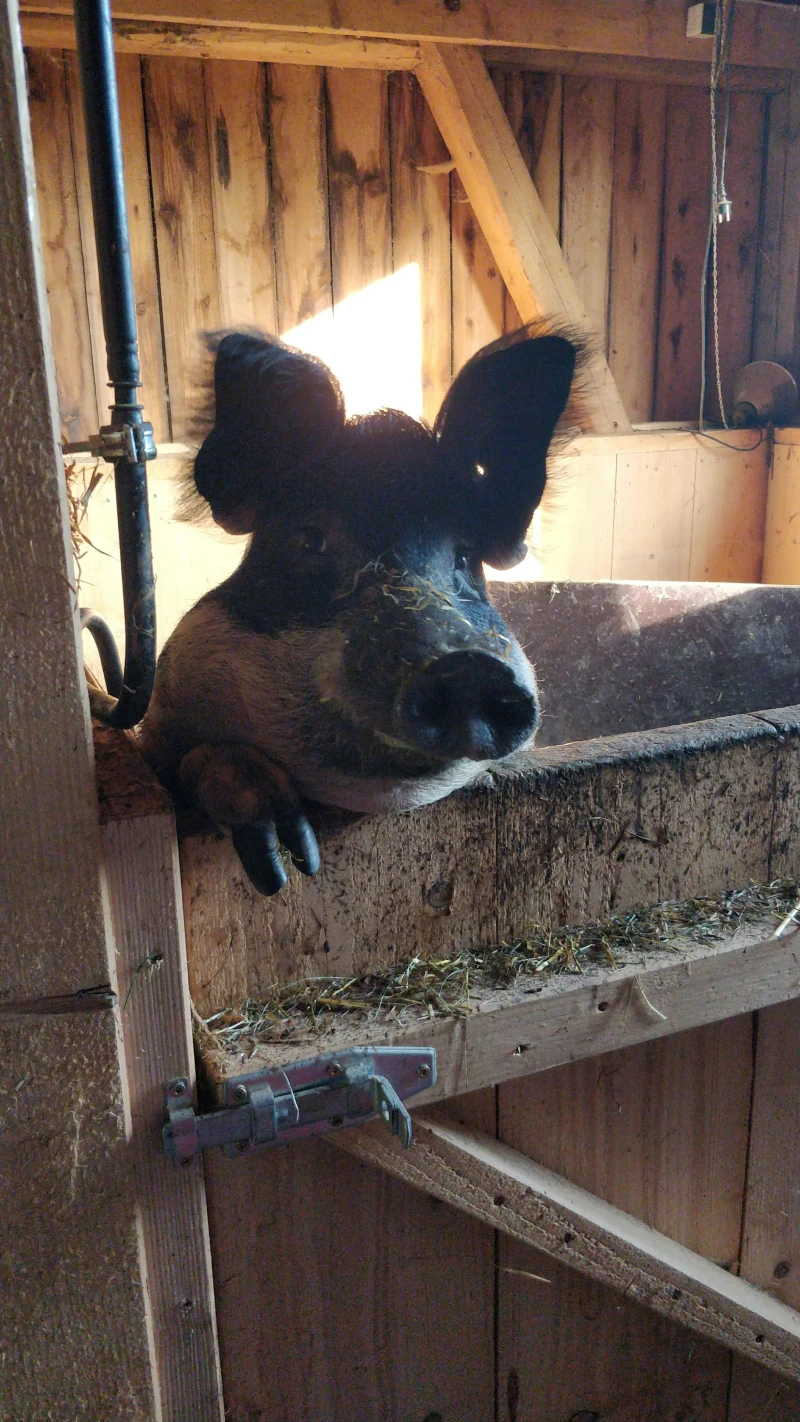
Relevant legislation and regulations are listed below by province/territory.
Hunting and Wild Boar Operations
A common misconception is that hunting is an effective approach for eradicating invasive wild pig populations; however, research and management experiences indicate that hunting accelerates the rate at which wild pig populations may spread geographically. Wild pigs that are exposed to hunting pressure flee into new areas and learn to avoid humans. Other jurisdictions (e.g. the state of New York), have successfully reduced or eliminated the spread of invasive wild pigs, in part, by banning wild pig hunting.
The regulation of wild boar hunting and captive wild boar operations (hunt farms and meat production) differs across Canada. The status and relevant legislation pertaining to wild boar operations and hunting are detailed below:
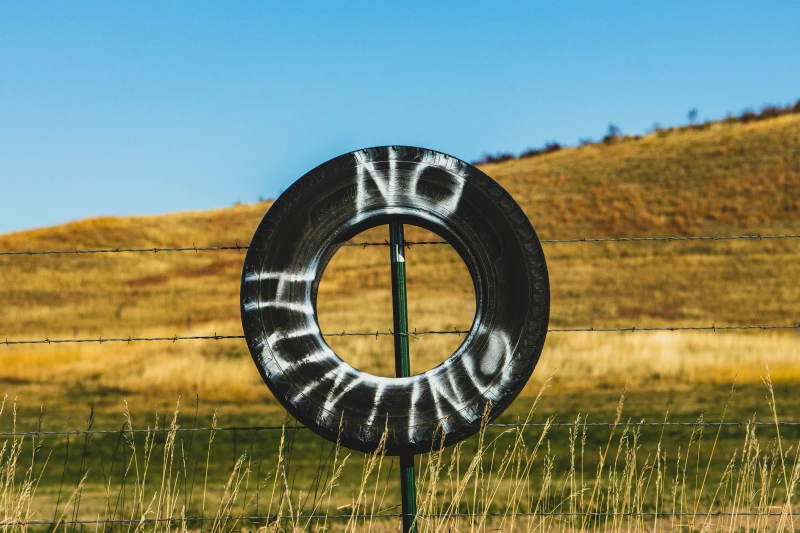
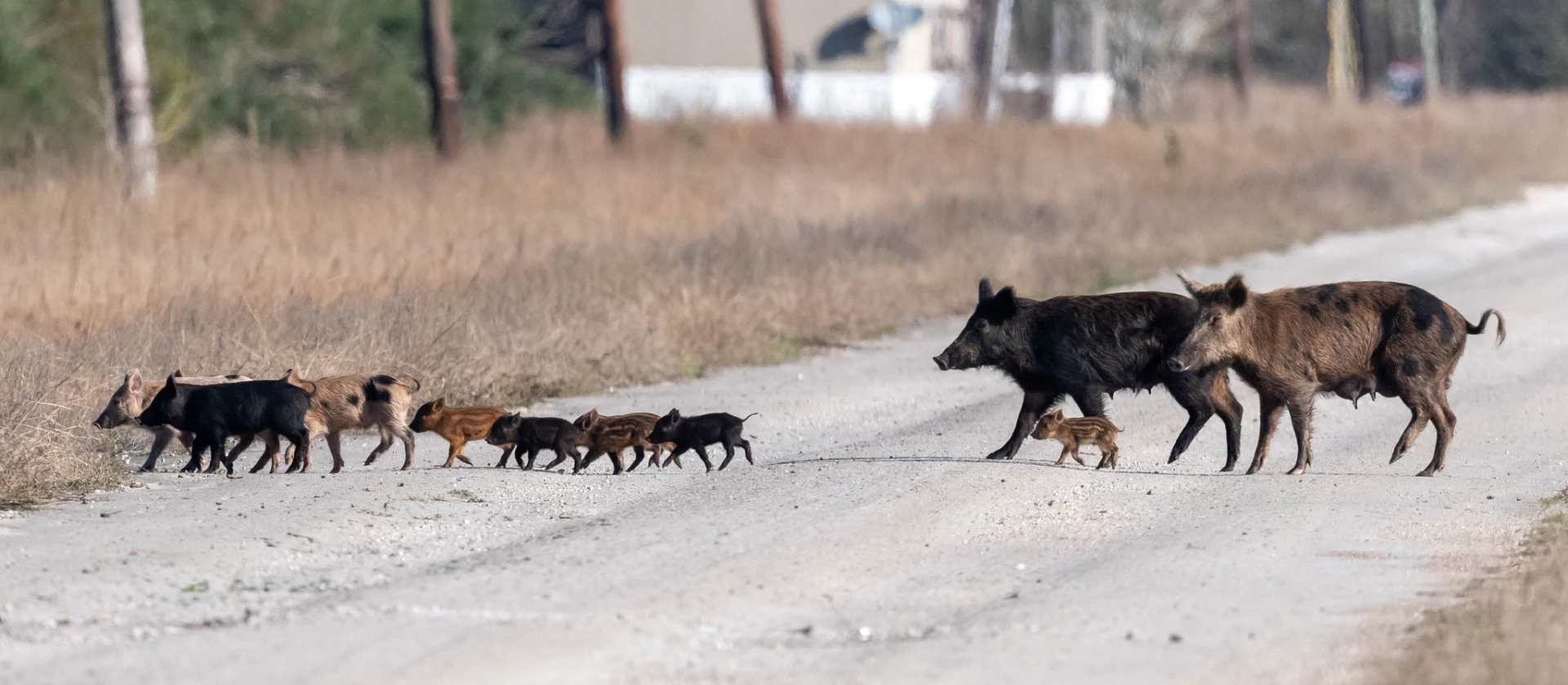
Chris © iNaturalist CC BY-NC
Collaborative Response to Wild Pigs in Canada
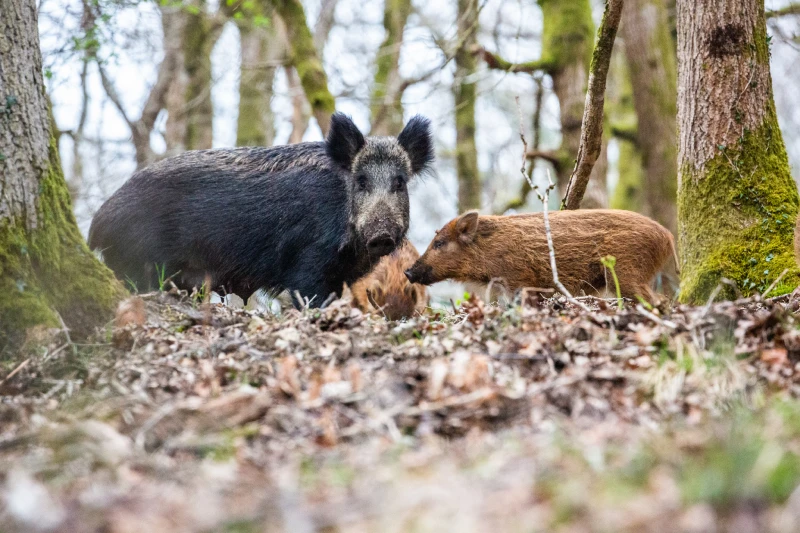
mervyngreening © iNaturalist CC BY-NV
African Swine Fever Executive Management Board (ASF EMB)
The ASF EMB is a collaboration between industry and federal, provincial, and territorial governments. It guides and prioritizes activities to address the risk of African swine fever (ASF) introduction and establishment in Canada, including risks associated with wild pigs. The ASF EMB has been working together on the Pan-Canadian ASF Action Plan and activities that fall under the four framework pillars.
Invasive Wild Pig Leadership Group
Responsible for guiding the implementation of Canada’s Invasive Wild Pig Strategy 2022-2032. This group provides updates to the ASF EMB and other partners within industry and federal, provincial, and territorial governments.
CanSpotASF Surveillance Program
A national surveillance program for early detection of African swine fever (ASF). This program is under the direction of the ASF EMB, and is a collaboration between industry and federal, provincial, and territorial governments, laboratories, the Canadian Swine Health Network and non-government organizations.
Provincial/Territorial Control Programs
Responsible for prevention, control, and disease surveillance efforts on the ground. These programs often operate through partnerships between governments and non-government organizations. Many of the provincial and territorial control programs also participate in coordinating the national strategy on the Invasive Wild Pig Leadership Group. Provincial government authorities hold the authority to regulate wild pigs.
International Collaborations
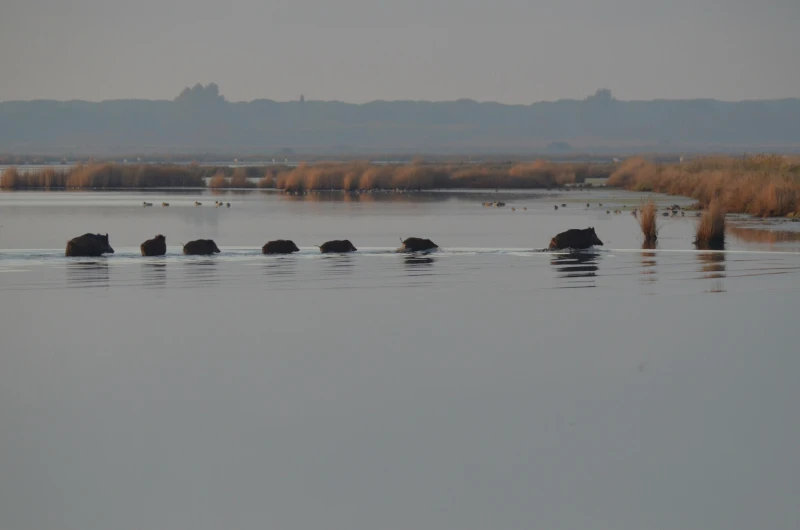
brunoparisotto © iNaturalist CC BY-NC
North American Feral Swine Working Group
A partnership between the U.S., Canada, and Mexico to develop a North American plan to facilitate processes that establish, prioritize, and achieve mutual goals for feral swine management.
Transboundary Feral Swine Working Group
A U.S. and Canadian partnership to prevent the introduction and spread of transboundary invasive wild pigs. The working group collaborates to support coordination, monitoring, reporting, response and control activities across borders.
“Squeal on Pigs!” is a communication initiative through the Transboundary Feral Swine Working Group. The program promotes works to increasing public awareness and reporting of invasive wild pigs in the U.S. and Canada. Organizations in the U.S. and Canada can receive free access to the brand materials and resources by becoming a Squeal on Pigs! Partner. Learn more at www.squealonpigs.com
